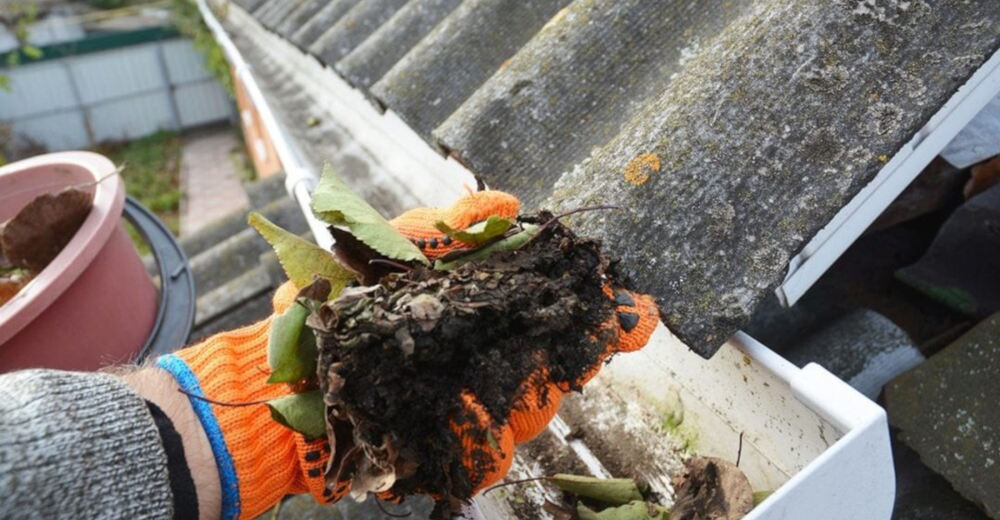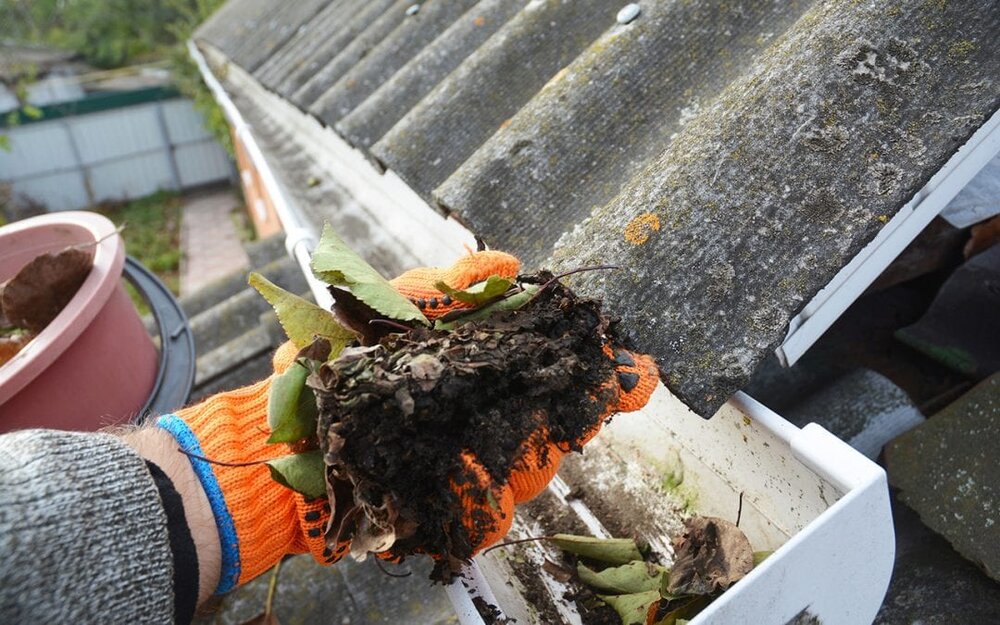Easy Spring home maintenance tips: make your home healthier, more beautiful, & more comfortable without breaking the bank
Spring cleaning and home upgrades happen in the spring for good reasons. We feel more invigorated as the days grow longer, the trees blossom, and birdsong once again fills the air. From a practical standpoint, it’s a lot easier and safer to gain access to your home’s roof, siding and foundation vents. And odds are by April you’re just due for a few things like a gutter cleaning and drier vent inspection.
Spring prep has three key benefits:
1. Home maintenance. It lowers home maintenance cost by preventing things like water damage.
2. Occupant health. It improves your health because it benefits indoor air and light quality.
3. Beauty. It improves your home’s appearance.
There are obvious cases where tasks that help you prepare your home for spring have overlapping benefits, but for clarity we’ll lump them into three separate categories.
Here’s an easy-to-complete spring home maintenance checklist to prepare your home for spring:
Home Maintenance:
Clean gutters and downspouts. We’ve seen too many homeowners have to pay thousands of dollars to restore roofs, basements and siding simply because they missed a routine gutter cleaning. If you can safely access your gutters using a ladder, inspect and clean them several times a year. For straightforward cleanings and downspout clogs, a garden hose may suffice. But if you don’t have safe access to your gutters or just don’t want the hassle, we’ll be glad to refer you to a reliable gutter- and window cleaning contractor around Staten Island.
Dennis at Colonel Clean Pressure Washing & Maintenance Systems is a friend of ours and a reliable contractor.
[Related content: How do I know if I need to replace my gutters?]
We’ve seen too many homeowners have to pay thousands of dollars to restore roofs, basements and siding simply because they missed a routine gutter cleaning.
Clean your drier duct. Clothes driers are energy hogs. That means they produce a lot of heat, which in turn means a clogged drier duct can become a fire hazard. But even before it gets to that point, excess lint reduces the drier’s efficiency, meaning longer wait times for clothes to dry and higher utility bills. That’s why drier ducts should be inspected at least once a year, although you may be able to go multiple years between cleanings.
Keeping your drier vents clean also increases the lifespan of the appliance.
Need a window replaced? Leaky roof? Overdue for a siding repair?
Contact B&B Siding today for a quote.
You pay tomorrow what we quote you today—no surprises.
Inspect and clear foundation screens. When they get damaged, the vents around the foundation of your home are easy points of access for pests. Like any clogged ventilation system, they detract from your home’s energy efficiency and comfort if clogged, and they’re also easy not to notice.
Clean your siding. Silt accumulates on your siding so gradually that it’s easy for homeowners not to notice how much it detracts from a home’s beauty. Cleaning your siding requires some elbow grease but doesn’t require special skills, to the extent that it’s safely within reach. Here’s all you need to know from start to finish:
[How to clean your vinyl siding]
Another one of those “first impression” items is your doors. If you’re having trouble securing your deadbolt or there are cracks forming around the frame, you might be due for a replacement. A sturdy new front door will keep your home more secure, prevent air from leaking through the frame and even improve your home’s resale value.
Health:
Change filters. One of the easiest ways ensure you have decent indoor air quality is to change your home air filter routinely. First, this reduces airborne dust mites, allergens and mold spores. It also increases the lifespan of your HVAC system. Replace your filter no less than once every three months, especially if anyone you live with has asthma, allergies or respiratory issues.
Clean curtains, throw rugs and upholstered furniture. Dust mites, mold spores and allergens like to hang out in places like this.
De-clutter. This topic has already been covered exhaustively by a gazillion other resources. If you want some quick, practical tips, Good Housekeeping and The Spruce are great sources.
Buy low-VOC (volatile organic compounds) carpeting and rugs, if and when you replace them. This is a neglected but very important topic when it comes to indoor air quality. Studies have shown that, if not kept at a minimum, VOCs quietly detract from your health and vitality.
Likewise, use low-VOC disinfectants, paints, air fresheners. Vinegar and baking soda are sufficient for most household cleaning tasks, and brands like method cover almost every need for the laundry room, bathroom, kitchen, and so forth.
If you have any deep cleanings that require harsh solvents, wait for a day you can keep the windows open. And as a matter of routine, run ventilation fans when cooking and showering, and keep windows closed when pollen levels peak.
Beauty:
Clean windows. This seems obvious, but silt accumulates so gradually on windows it’s easy not to notice. Lots and lots of studies have shown the health benefits of having views of the outdoors—even something as simple as tree or a small garden. So improving your visibility of the outdoors will give you a more sunshiny disposition and better health.
Repair screens, patio tiles etc. Little eyesores like torn screens can be easy to ignore because they’re annoying to fix and rarely urgent. But fixing that screen in your living room or replacing the damaged tile on your patio will make your house feel more like a home.
Select lighter colors for finishings and decor. Too much dark furniture and paint soak up a room’s light like bad jokes suck the life out of a conversation. Using lighter colors will reduce your reliance on artificial light and give your home more spacious feel.
Prepare a garden. Two simple rules for first-time gardeners are, (a) keep it simple, and (b) think about your garden’s orientation to the sun. One easy mistake to make if you’re gardening for the first time is failing to take orientation into account. For instance, some plants require lots of sunshine to prosper, so if you place them on the north side of your house they’ll die. Some plants wilt from too much sunlight.
Your gardening practices tie into health as well. Select low-allergy flowers and trees when planting. One advantage of low-allergy flowers is that they tend to be pollinator-friendly, meaning you can help nourish the bee population in your area. (Bees populations have fallen in many parts of the country due to colony collapse disorder.)
If you follow these spring home maintenance tips and they help you save money, beautify your home, or prevent any sort of maintenance issue from cropping up, let us know! Helping people feel more comfortable and content in their homes is one of the things that makes us tick.




